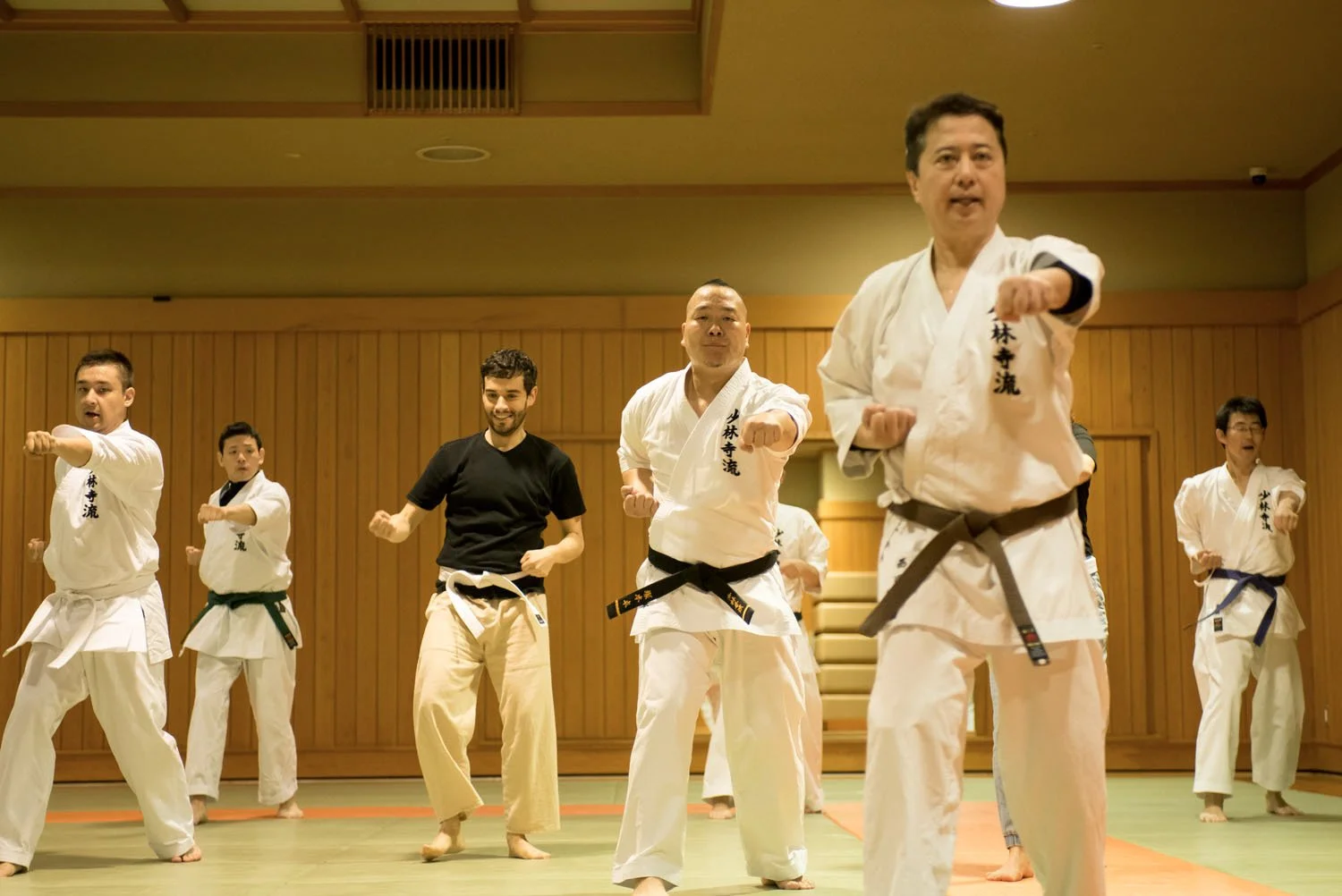
All About Sumo Rankings
Learn about the rankings, divisions, and the road to becoming a sumo champion.
In this Guide:
The history of sumo
How sumo are ranked
How sumo become champions
Different types of sumo champions
Sumo wrestling experiences in Japan
Sumo FAQ
Determining Divisions: From Athlete to Champion
An intensely physical sport with spiritual origins and centuries of cultural history, sumo only transitioned into a spectator event in the Edo Period (1603-1867 CE).
Prior to that era, sumo was regarded first as a form of ritual dedicated to the gods in hopes for an abundant harvest, then as an elite form of entertainment for the Heian aristocratic class, and finally as a military exercise during Japan’s time of sustained warfare, lasting until the start of the Edo.
With peace came the chance for all social classes to enjoy sumo, for the establishment of the present-day Japan Sumo Association, and for rules and structure to be codified in the sport.
The Structure of Sumo Ranking
Professional sumo is separated into 6 divisions. All sumo wrestlers can be promoted or demoted depending upon the results of their performance in the sumo tournaments, with the exception of the yokuzuna class - once reaching this elite level, champions will forever hold the title; however, if their performance drops, they’ll be pressed to retire from the league in order to preserve the victorious image that the rank connotes.
The Higher Divisions
Makuuchi: The top division, the makuuchi class consists of 42 top-performing sumo wrestlers. These fighters receive the bulk of media coverage, especially during the tournament seasons.
Juryo: Consisting of 28 sumo wrestlers, the juryo division is also considered high-level competitors, receiving heightened focus during competitions.
Sumo wrestlers in both these divisions are classified as sekitori. These high-level fighters are easily recognized by their colorful mawashi belts and “ginko-shaped” topknot hair.
The Lower Divisions
Makushita: Falling beneath the makuuchi and juryo ranking, the makushita division consists of 120 sumo wrestlers competing in hopes of being promoted and claiming the rank of sekitori.
Sandanme: Approximately 200 sumo wrestlers comprise the sandanme rank.
Jonidan: The fifth division of sumo, jonidan, usually consists of around 260 sumo wrestlers.
Jonokuchi: Typically reserved for sumo wrestlers who have only recently entered the world of professional sumo. Sumo wrestling prospects start young, often around 16 years old, living and training full-time in the sumo stable.
Sumo wrestlers in the lower divisions are generally expected to support and assist the higher-ranking members. During practices, you can often see these more junior fighters providing towels or water to those ranked as sekitori.
How Sumos Become Champions
Rising in the ranks
Climbing the sumo ranks is simple - win more matches, get bumped up divisions. Grand sumo tournaments occur 6 times a year: 3 times in Tokyo, and one each in Nagayo, Osaka, and Fukuoka. Each tournament lasts for two weeks, starting on a Sunday and ending on a Sunday two weeks later.
The sumo from the top two divisions - makuuchi and joryo - compete every single day of the competition. On the other hand, the bottom four sumo divisions fight for just 7 days of the tournament. Wrestlers in the bottom ranks will only compete against similarly ranked sumo, in order to keep the fights even.
By the end of the tournament, champions will be picked from both the higher and lower divisions.
Different types of sumo champions
Yokozuna:
The highest rank that a sumo wrestler can achieve is yokozuna. This ultra-elusive level is only awarded to sumo wrestlers who have won two major tournaments in a row. To date, only 71 sumo wrestlers have ever achieved the rank of yokozuna in the sport’s entire recorded history.
Ozeki:
After yokozuna comes the rank of ozeki. Those ranked ozeki must win a large number of fights over three consecutive tournaments (generally, around 33 wins). There are 2-5 active ozeki on average, and each ozeki usually has won a tournament championship before being awarded this title.
Sanyaku:
Included inside the sanyaku ranks are the sekiwake, komusubi, and the maegashira. Both the sekiwake and the komusubi ranks usually award the title to two sumo wrestlers per tournament. The rest of the remaining sumo wrestlers in the makuuchi class are all called maegashia and receive ranked numbers depending on their tournament performance.
Japan Sumo Experiences
Witness these brawny warriors battle up close at a morning sumo training session. See the action from the ringside, observe the training methods of these incredible athletes, and even get the chance to converse and snap a picture with them after the practice ends.
Or, chow down on chanko nabe, the traditional dish of sumo champions, joined by active sumo wrestlers after their practice ends.
Go deeper with authentic masterclasses and cultural immersions that bring you closer to the sumo in action.
Sumo FAQs
-
Two wrestlers face off in a circular ring called the dohyo. The match ends when one wrestler forces the other out of the ring or causes any part of their body other than the soles of their feet to touch the ground.
-
Sumo matches are typically very short, often lasting only a few seconds. However, some matches can go longer, depending on the wrestlers' tactics and endurance.
-
Sumo wrestlers wear a traditional loincloth called a mawashi. This garment is essential for the sport, and wrestlers are only allowed to grab the mawashi during matches.
-
No, sumo does not have weight classes. No matter how small and light a rikishi may be, he fights any scheduled opponent, regardless of weight difference.
-
Some common sumo wrestling moves include:
Oshidashi: Pushing the opponent out of the ring
Yorikiri: Grabbing the opponent’s belt and forcing them out
Uwatenage: Throwing the opponent using an overarm grip on their belt
Shitatenage: Throwing the opponent using an underarm grip on their belt






